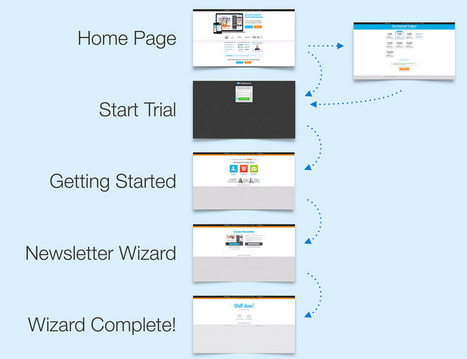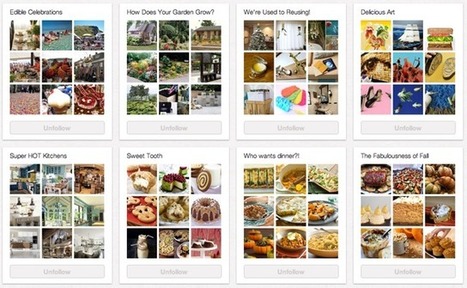Research and publish the best content.
Get Started for FREE
Sign up with Facebook Sign up with X
I don't have a Facebook or a X account
Already have an account: Login
Bottom-up, consumer-centered online marketing strategy news
Curated by
Robin Good
 Your new post is loading... Your new post is loading...
 Your new post is loading... Your new post is loading...

janlgordon's comment,
June 17, 2012 3:53 PM
Thank you for this Robin, it's greatly appreciated. It's exciting to watch and be a part of all this change, I'm sure you agree:-)

Robin Good's comment,
June 18, 2012 2:28 AM
Yes Jan... I don't know exactly what you are referring to, but this the only sure thing we have today: this is time of fast and continuous change... so I am certainly enjoying the ride.
On another note: I would humbly suggest to consider posting shorter stories, especially when you are also pointing to the original, as what I am looking for from you, is not a rehash of what's in the article - outside of a 1-3 para excerpt - but the reasons why you are recommending it. You are already doing both, but it is overwhelming for me. Too much stuff, and I haven't even seen the original yet. I would also gently mute some of the visual noise you create by heavily formatting with asterisks, bolds and big font sizes. In my case that doesn't help much. It actually hinders my ability to rapidly scan and check whether you have something good there. I suggest to limit greatly the formatting options you use and to highlight only what is really relevant, because when too many things are highlighted, bolded, asterisked, none has any more an effect on me. It's like a crowd screaming: who do you help? :-) 
tara's curator insight,
June 23, 2020 12:01 AM
Curations happen among all types of people AND in all types of environments. Human networking is one of the most powerful tools that can go beyond physical interaction and in turn be utilized in further industries.

Marcello Cosa's comment,
January 21, 2012 7:55 AM
Ciao Robin...che bell'articolo!
È proprio ciò che vorrei realizzare io con le mie gallerie/directory di valore. Peccato che Pinterest non permetta l'embed.

Giuseppe Mauriello's comment,
January 9, 2012 3:52 PM
Hi Robin,
thanks for your final mention to me! Much appreciated! |

Jeff Domansky's curator insight,
October 3, 2013 4:02 PM
Valuable insight into generation Z. and how they process information.

janlgordon's comment,
January 13, 2012 12:07 AM
maxOz
Thank you for this wonderful post on Pinterest! |






















Best practice: onboarding. Best overview I have seen so far. Really good.